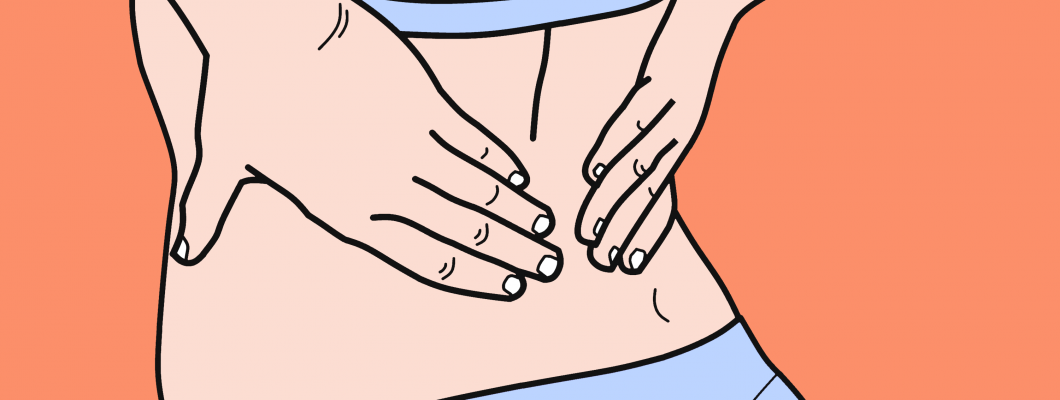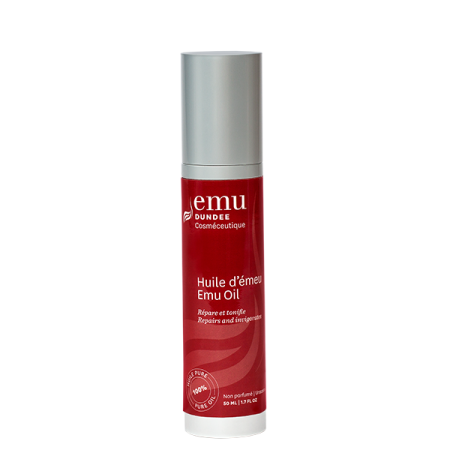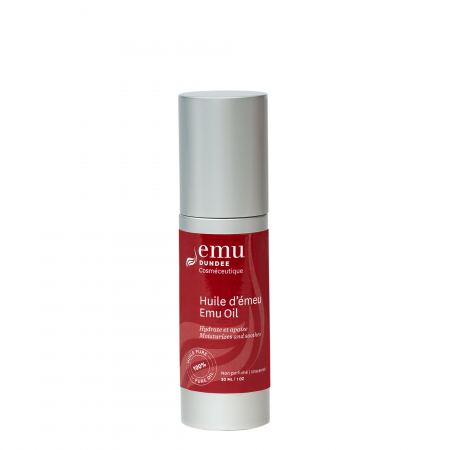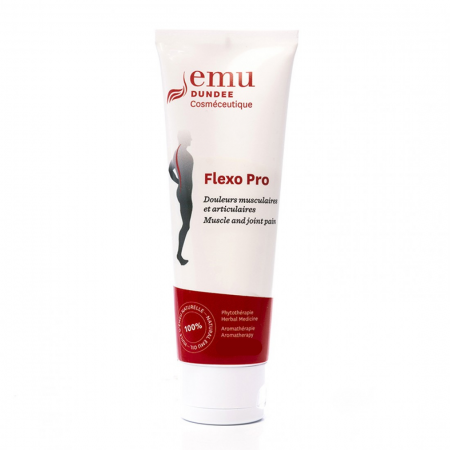
Whether it's acute (short-term) or chronic (lasting more than 6 months), pain can have a significant impact on various aspects of life, including relationships, family, work, social activities, sports, and leisure.
Chronic pain can evoke feelings of fear, anger, discouragement, a sense of injustice, and abandonment.
To minimize the negative effects of pain, it's crucial to understand and address it.
Understanding the Source of Pain
When we experience pain, it's the nerve endings in our joints, muscles, and tissues that send signals to the brain. The brain receives these signals and interprets them as the sensation of pain.
It's well-established that illness and pain often go hand in hand. Conditions like arthritis encompass over a hundred different disorders where chronic pain is the primary symptom, affecting joints, ligaments, tendons, and bones. Muscle pain, on the other hand, can result from physical stress ranging from bruising to deep tears, or it may be associated with conditions like fibromyalgia.
Preventing and Alleviating Pain
Traditional medical approaches often fall short in controlling pain, especially for those with chronic pain. In such cases, a combination of physical activity and alternative medicine can be an excellent way to manage pain.
Regarding physical activity, it's important to note that the brain can naturally release chemicals that effectively reduce the sensation of pain by inhibiting the signals sent by the body. This effect can be quite powerful, and even a few minutes of daily walking can suffice. In the realm of alternative medicine, numerous solutions are available, including acupuncture, osteopathy, chiropractic care, and the use of natural products.
In all cases, reducing stress levels and identifying the causes of pain play a crucial role in the pain control and healing process.





